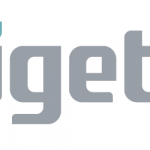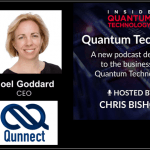Quantum News Briefs November 16: EDF, Exaion Inc., PASQAL and the Quantum Innovation Zone bring high-performance computing and quantum technologies to energy solutions; Dell pushing hybrid quantum/classical system in HPC overhaul; Using quantum sensor technology to improve brain tumor operations + MORE
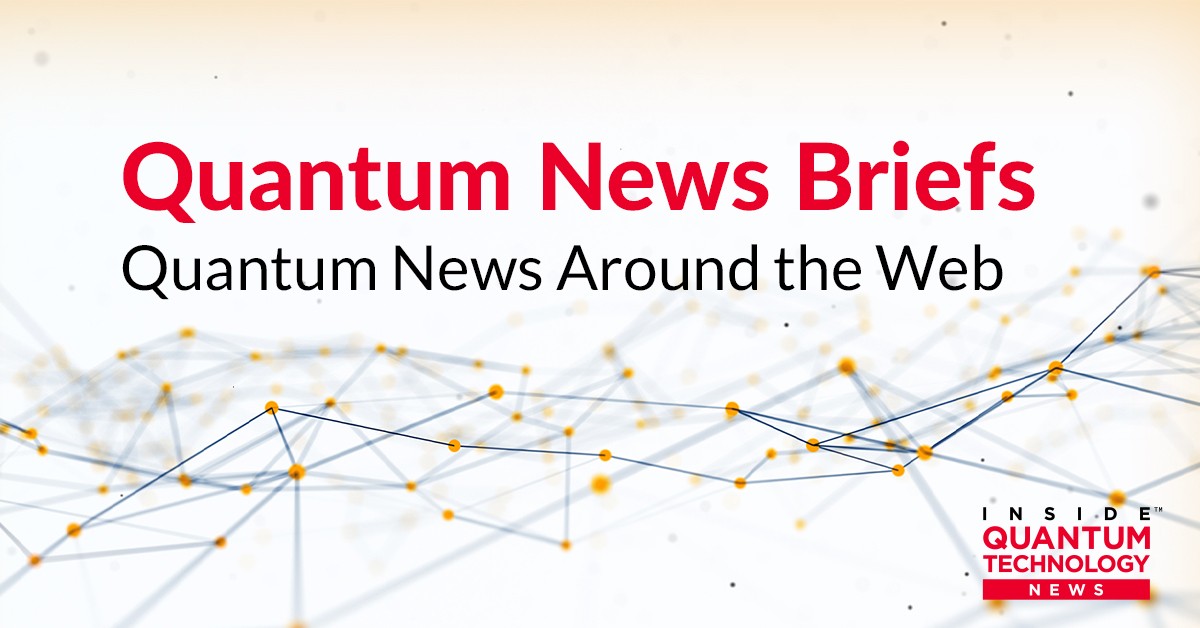
Quantum News Briefs November 16 begins with news that EDF, Exaion Inc., PASQAL and the Quantum Innovation Zone are bringing high-performance computing and quantum technologies to the forefront of energy solutions followed by the announcement that Dell is pushing hybrid quantum/classical system in HPC overhaul. Third news brief is from consortium of Johannes Gutenberg University Mainz (JGU) and the Helmholtz Institute Mainz that is Using quantum sensor technology to improve brain tumor operations + MORE.
*****
EDF, Exaion Inc., PASQAL and the Quantum Innovation Zone bring high-performance computing and quantum technologies to the forefront of energy solutions

This center of excellence is called QuaTERA – Quantum Technologies Energy Result Accelerator. It aims to form an ecosystem of partnerships at the intersection of the energy industry, classic/quantum hardware, and hybrid algorithms to design and build quantum-HPC-based solutions that solve real energy industry challenges today. QuaTERA welcomes organizations that share this goal to join the effort.
“Today, quantum technologies hold many promises waiting to be turned into real-life solutions. We decided to take the lead and play a decisive role in producing practical HPC-quantum solutions impacting today’s energy sector while creating opportunities for collaborative projects and training of highly qualified personnel” said Richard St-Pierre, CEO of the Quantum Innovation Zone.
Dell pushing hybrid quantum/classical system in HPC overhaul
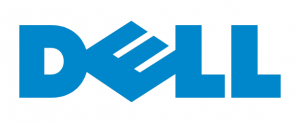 Dell is expanding its high performance computing (HPC) portfolio with the addition of a quantum computing platform – where customers can start testing out quantum algorithms – plus an overhauled APEX service and PowerEdge systems based on Intel’s Sapphire Rapids next-gen processors. Quantum News Briefs summarizes below.
Dell is expanding its high performance computing (HPC) portfolio with the addition of a quantum computing platform – where customers can start testing out quantum algorithms – plus an overhauled APEX service and PowerEdge systems based on Intel’s Sapphire Rapids next-gen processors. Quantum News Briefs summarizes below.
Unveiled to coincide with the SC22 conference in Dallas, Dell said its updated technologies and services are to help customers power demanding applications. One intriguing part of the announcement is the Dell Quantum Computing Solution, which is a hybrid quantum/classical platform delivered using the company’s PowerEdge servers combined with quantum technology from IonQ.
Dell’s pitch is that it is a platform to introduce biz customers to the quantum world and not a full-fledged quantum system which is going to suddenly enable you start cracking encryption algorithms.
“We’ve done a great deal of finalization of the solution offering as well as the integration with IonQ in order to make it a full product that customers can now buy, in what we consider the journey towards quantum, which is about putting hands on keyboard and learning, performing experimentation,” said Ken Durazzo, vice president of Dell’s CTO Research Office. Click here to read original article from TheRegister.
*****
Using quantum sensor technology to improve brain tumor operations
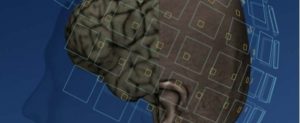 A consortium of Johannes Gutenberg University Mainz (JGU) and the Helmholtz Institute Mainz (HIM) is working on the new DiaQNOS project together with various partners from research, medicine, and industry on quantum sensor technology that improve the assignment of functions to certain brain areas – via new diagnostic devices that, among other things, refine neuronavigation. Quantum News Briefs summarizes below.
A consortium of Johannes Gutenberg University Mainz (JGU) and the Helmholtz Institute Mainz (HIM) is working on the new DiaQNOS project together with various partners from research, medicine, and industry on quantum sensor technology that improve the assignment of functions to certain brain areas – via new diagnostic devices that, among other things, refine neuronavigation. Quantum News Briefs summarizes below.
The five-year project, which started in October 2022, is funded by the German Federal Ministry of Education and Research (BMBF) with a total of almost EUR 11 million. Mainz University as project leader will receive EUR 1.5 million.
The basis for the DiaQNOS project was laid by the collaborative project BrainQSens, in which JGU was also represented. The BrainQSens consortium developed highly sensitive magnetic sensors that enable improved medical diagnostics. “In this flagship quantum sensor project, we have already been able to improve the magnetic field sensor technology to such an extent that, in principle, magnetic fields of the brain can be registered with it,” explained Dr. Arne Wickenbrock from JGU and HIM, who coordinates the joint project. “Now it’s a matter of taking the next steps on the way to medical application and making quantum sensor technology useful for society.” The DiaQNOS consortium reflects this application focus in that, in addition to neurosurgeons from Freiburg University Hospital, i.e. the technology’s eventual users, medical device manufacturer inomed Medizintechnik GmbH is also represented. In addition, Sacher Lasertechnik GmbH and TTI GmbH as companies with experience in the commercialization of new developments are contributing their expertise.
The researchers from Mainz University and HIM are dedicated to building the quantum sensor. Professor Dmitry Budker’s research group has strengthened magnetography as a core competence in Mainz over the years and he himself will be contributing his expertise to the project. “These quantum sensors are based on nitrogen vacancies in diamonds, i.e., nanoscale magnetic field sensors confined in the diamond. A huge number of these magnetic field sensors can exist in a thin layer of diamond. This makes it possible for us to create a magnetic image of the object that the sensor sees,” explained Wickenbrock. Clck here to read original Eureka Alert article in-entirety.
*****
Available: Azure Quantum Resource Estimator empowers you to create algorithms for quantum at scale
Microsoft Azure Quantum Resource Estimator enables quantum innovators to develop and refine algorithms to run on tomorrow’s scaled quantum computers. This new tool is one way Microsoft empowers innovators to have breakthrough impact with quantum at scale. Quantum News Briefs summarizes the November 14 announcement from Fabrice Frachon on the MicrosoftCloudBlog.
The quantum computers available today enable interesting experimentation and research but they are unable to accelerate the computations necessary to solve real-world problems. While the industry awaits hardware advances, quantum software innovators are eager to make progress and prepare for a quantum future. Creating algorithms today that will eventually run on tomorrow’s fault-tolerant scaled quantum computers is a daunting task. These innovators are faced with questions such as; What hardware resources are required? How many physical and logical qubits are needed and what type? What’s the runtime? Azure Quantum Resource Estimator was designed specifically to answer these questions. Understanding this data will help innovators create, test, and refine their algorithms and ultimately lead to practical solutions that take advantage of scaled quantum computers when they become available.
The Azure Quantum Resource Estimator performs one of the most challenging problems for researchers developing quantum algorithms. It breaks down the resources required for a quantum algorithm, including the total number of physical qubits, the computational resources required including wall clock time, and the details of the formulas and values used for each estimate. Click here to read complete information about the Azure Quantum Resource Estimator from the blog.
*****
Sandra K. Helsel, Ph.D. has been researching and reporting on frontier technologies since 1990. She has her Ph.D. from the University of Arizona.


















